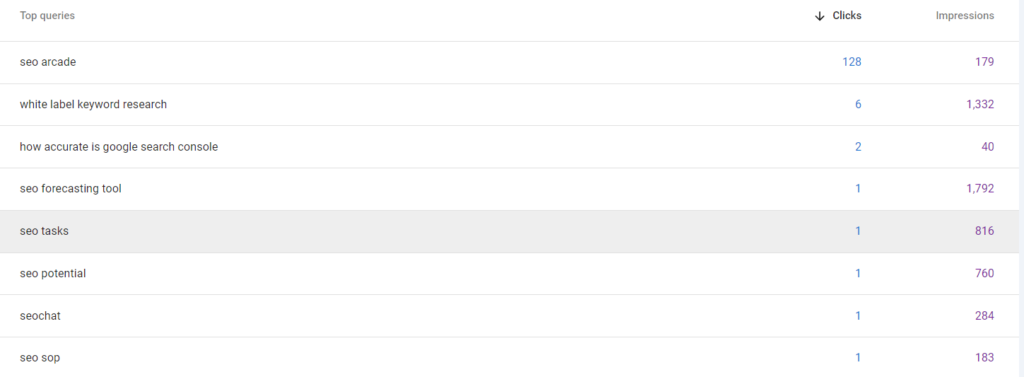If you run a business and have set up your website, then you really do need to have as much “analytics” data as possible for how people find and utilize your site.
What’s even more important, is because Google still dominates the market for search, it’s largely the primary “organic” traffic source that connects potential clients and users to your business or readers to your site through it’s search engine. If only Google would TELL YOU how you’re showing up in their search results.
Google Search Console Provides Your Search Traffic

Actually Google’s “Search Console”, formerly “Google Webmaster Tools”, actually does provide a feed of relevant metrics and statistics for the search traffic for your site. Search Console provides data on what queries your site show up in, in any position, those are called “Impressions”. They provide the number of clicks for when a searcher decides your result is relevant enough for their search. They also will provide a “position” to let you know where in the rankings of a result your particular result appeared. Based on those datapoints they will also give you a “Click through rate” to tell you how often for a particular query your result was clicked. Google Search Console is a great tool but it has some limitations. Luckily, these limitations can be avoided with tools like SEOGets.
Google Search Console Provides *SOME OF* Your Search Traffic

Actually Google Search console is not 100% accurate. It provides a filtered, and limited set of statistics for the search traffic for your site. Google provides data on your “impressions” but they may not provide you with a COMPLETE list of all queries where your site was seen. Google provides a total number of clicks that searchers made on your site, but they will not provide you with a complete list that connects EVERY click to EVERY query. Google might provide a “position” for your result for your clicks, plural, but it will provide this as an AVERAGE of ranking positions on that particular day. Meaning if your site ranked 10, 9, 10, 1, 10 you would be shown a position for that query as “8”. Additionally, when they display your site’s aggregate position data, if your site suddenly increased a large volume of keywords you rank within but on position 30-50, then your “Average Position” data will see a negative increase.
Pros and Cons of Search Console Performance Data
- Pro: It gives you data on the number of impressions and clicks your site received
- Con: It won’t give you details on which queries were searched for those impressions and clicks
- Pro: Search console does give you detail on how your site ranked for a particular query
- Con: It will not actually tell you why it did not provide query details for all of your clicks or impressions. Some sites get as little as 3-9% of query details, and as much as 90-95% with no detail or disclosure as to why.
- Con: It will actually give you an “Average position” for the impressions you gained
